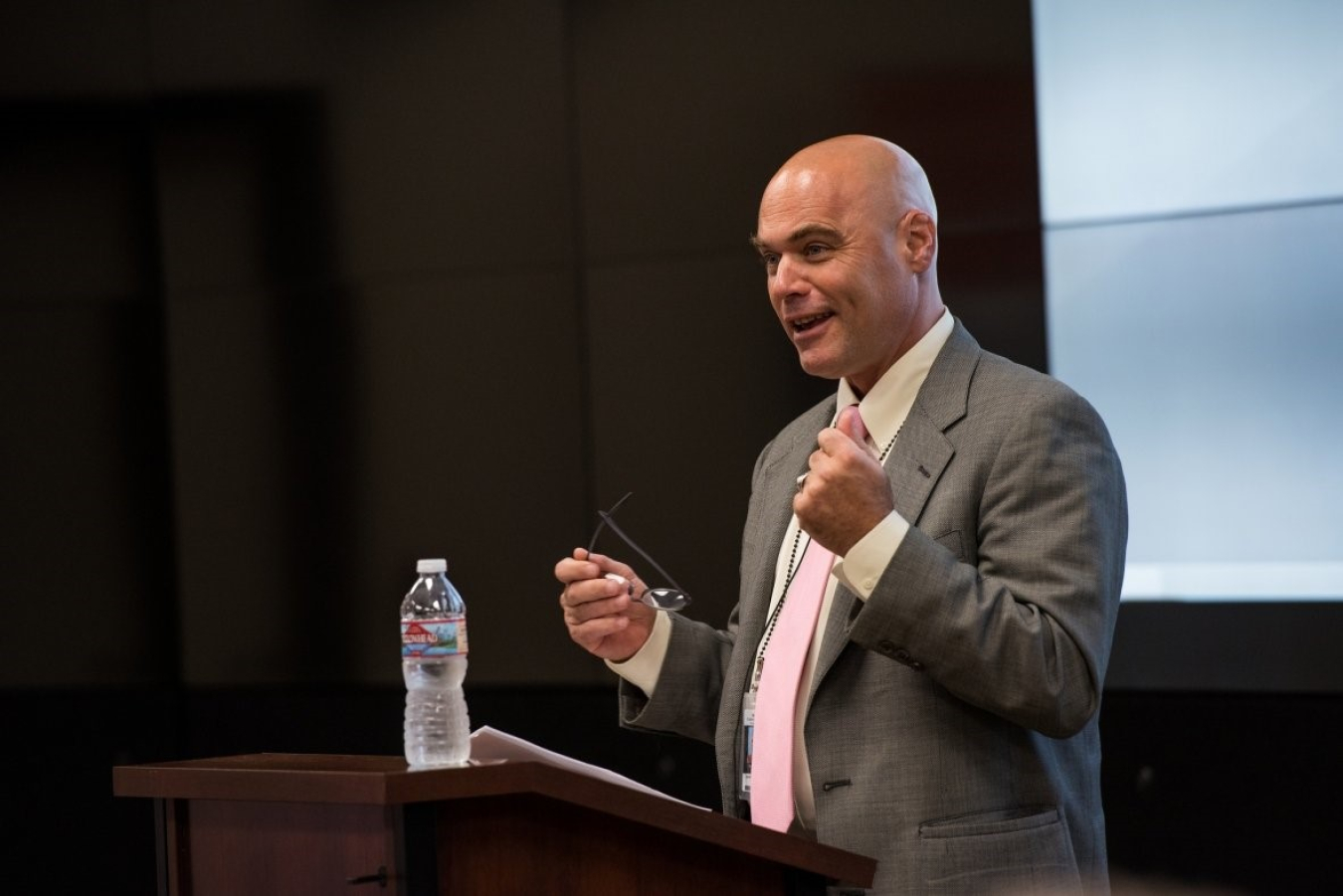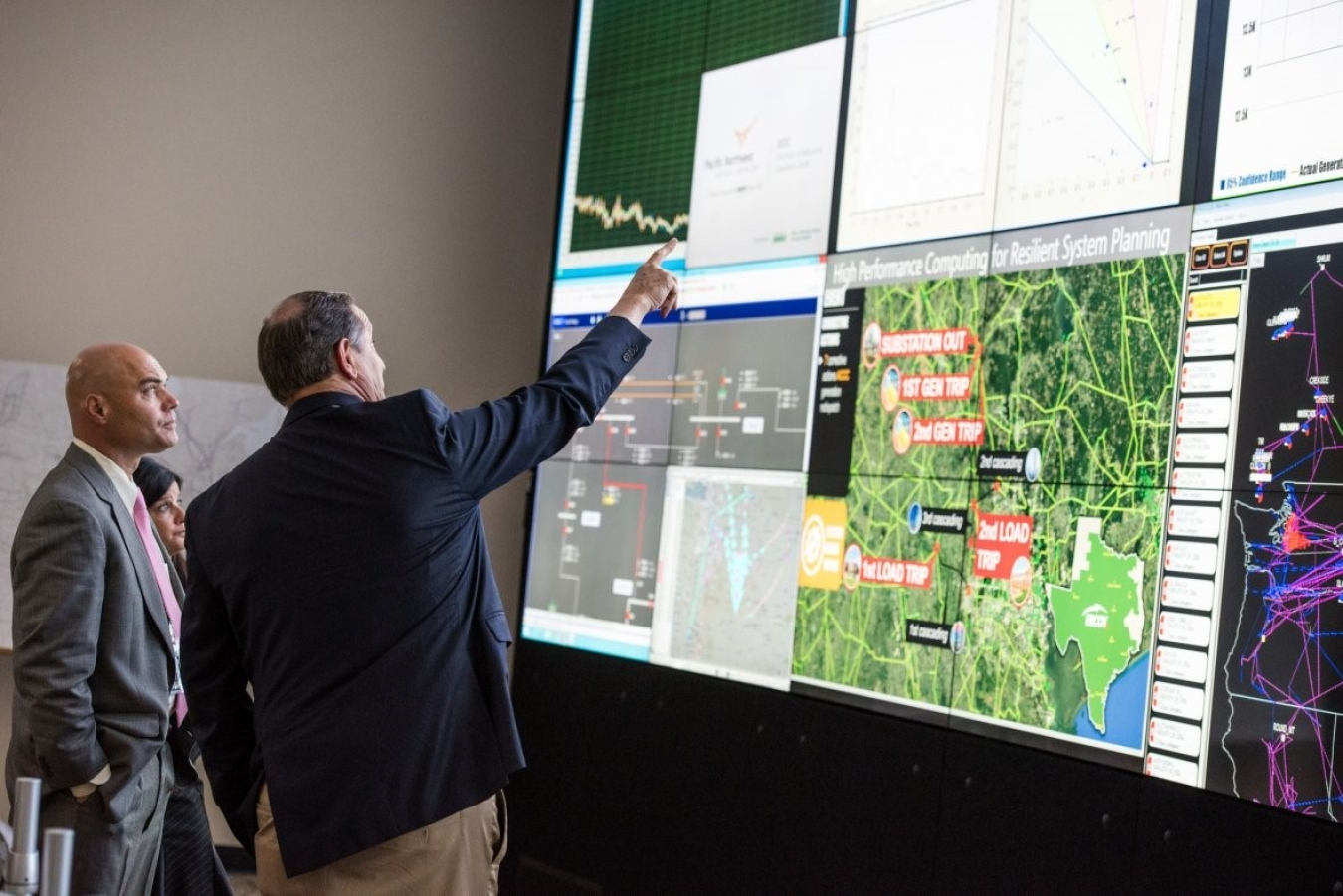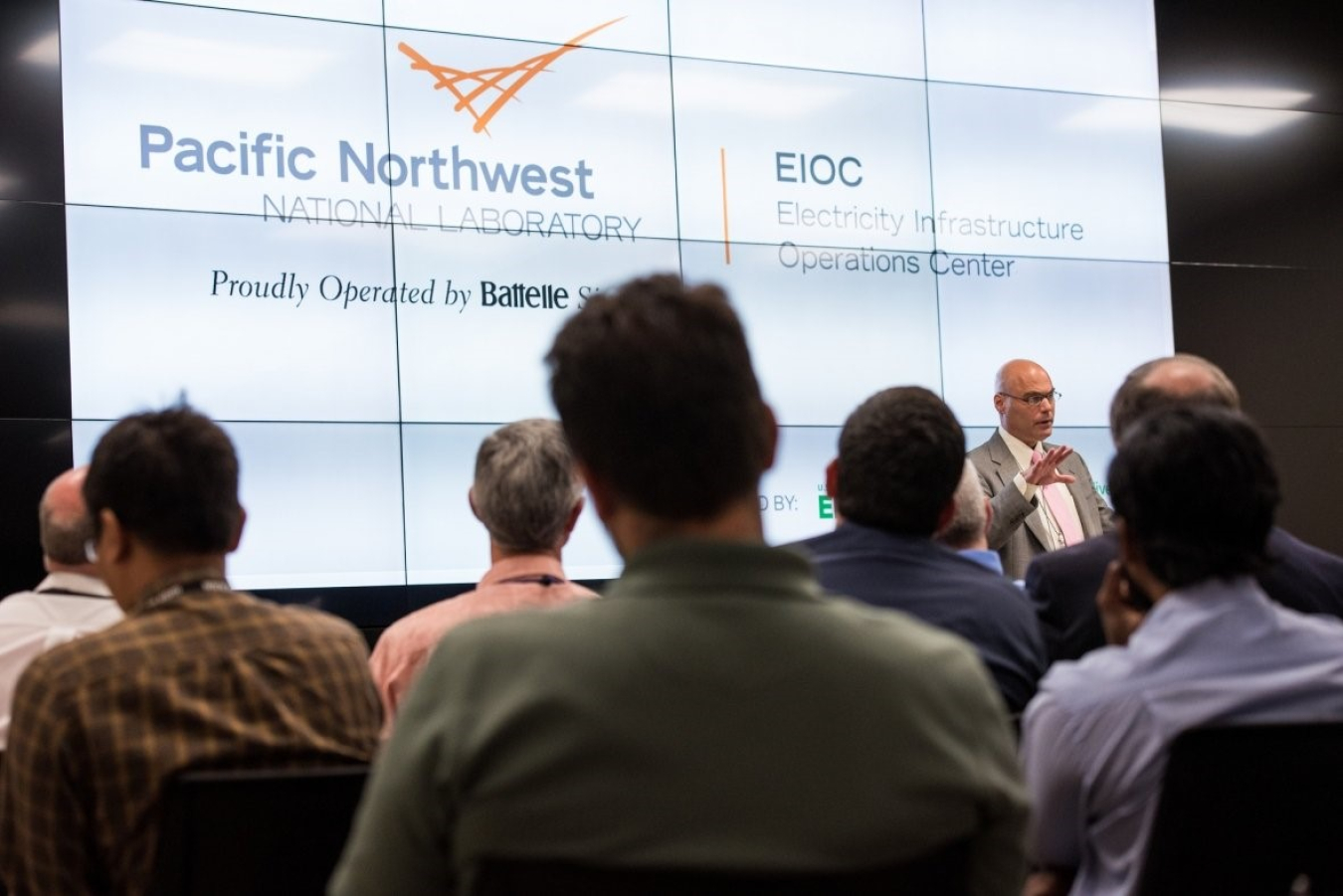Developing a strong, agile workforce to ensure we are prepared to address the challenges and opportunities of today and tomorrow is critical to the nation and to the Department of Energy’s (DOE) mission. Across industry, academia, and the public sector, innovators who are committed to ensuring Americans have access to reliable and resilient energy use their expertise in science, technology, engineering, and mathematics (STEM) to develop advanced tools, technologies, and methods needed in our increasingly interconnected world.
Consider for a moment the work that my office – the Office of Electricity (OE) – is pursuing to modernize the nation’s grid, and you will understand why I consider the promotion of STEM education and training to be so important. OE’s mission is to lead the Department’s efforts to ensure the nation’s critical energy infrastructure, including the electricity grid, is secure and able to recover rapidly from disruptions. America’s security, economy, and sustained global leadership depend on a secure and resilient power grid. Given the rapid changes that the electricity delivery system is experiencing and the challenges and threats facing the system every day, having a workforce with a sophisticated understanding of STEM is critical.

In fact, STEM skills and expertise are essential in all four priority areas that OE is pursuing. One of our priorities is to develop an integrated North American Energy Resilience Model (NAERM) to conduct planning and contingency analysis to address vulnerabilities in the North American energy system. The NAERM will be an invaluable tool, allowing for the systematic identification of threats to the nation’s energy infrastructure, the development of options that will reduce exposure to such threats, and enhanced situational awareness and sophisticated analytics to minimize the impact of threats and improve resilience as they evolve in real time. The enhanced real-time situational awareness and analysis capabilities for emergency events, in turn, will allow the federal government to prepare and respond more quickly and effectively.
The NAERM will also advance capabilities for modeling, simulating, and assessing the behavior of electric power systems and associated dependencies on natural gas, and other critical infrastructures – all capabilities that are vital as the grid evolves. The engineering and technology expertise needed to evaluate contingency analyses conducted by the NAERM will be significant. Being able to successfully develop this complex, one-of-a-kind computer model will require a deep bench of innovative and committed people with a wide range of STEM skills.

OE’s other three priority areas also rely on experts and researchers who are well versed in STEM: developing megawatt scale storage capable of supporting frequency regulation, ramping, and energy management for bulk and distribution power systems; revolutionizing the use of high-fidelity, low-cost sensing technology for predictive and correlation modeling for electricity and oil and natural gas systems; and pursuing electricity transmission policy issues and providing policy design and analysis expertise to states, regions, and tribes. For OE, in close collaboration with its private and public partners, to successfully harness innovation for a stronger, more reliable North American energy system and a path forward to energy independence, we need the best and brightest minds to pursue careers in STEM fields.
DOE depends on the talents and skills of everyone working across the entire complex, including the National Laboratories, sites, and offices. The Department’s commitment to investing in STEM outreach and our future STEM workforce is strong. To learn more about the Department’s commitment to encourage people to explore those possibilities, visit the STEM Rising section of energy.gov.
STEM opens up new worlds of possibility for all of us.
